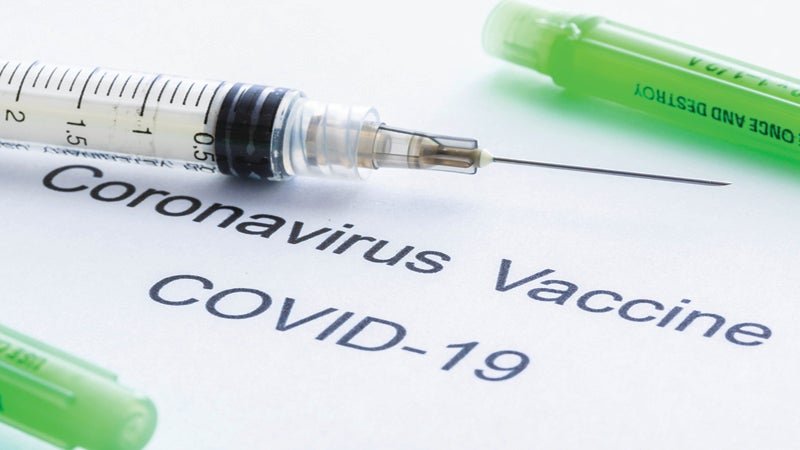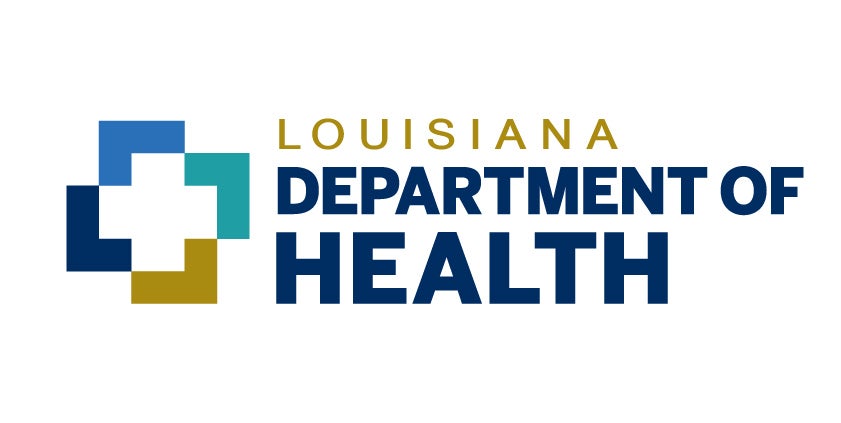Pratt: St. James Hospital supports lifesaving law
Published 12:00 am Wednesday, June 19, 2019
The CDC reports that injuries due to transportation are the leading cause of death for children.
A 2017 study published in The Journal of Pediatrics further states that of most of the children who died due to motor-vehicular injuries were not wearing seatbelts, 43 percent were unrestrained or improperly restrained, 15 percent were sitting inappropriately in the front seat and 13 percent were riding in cars driven by somebody under the influence of alcohol (Factors Associated with Pediatric Mortality from Motor Vehicle Crashes in the United States: A State-Based Analysis). Additionally, a large majority of these deaths among children were on roads classified as “rural” by the Federal Highway Administration. Louisiana has historically been near the top of the list of deficient roads and bridges in the country.
Amongst the sobering statistics, the study published with confidence a hopeful and finite finding, “The results on child restraints are clear: policy and enforcement interventions have the potential for substantial impact on the reduction of MVC-related pediatric mortality.” In other words, child restraints are effective in reducing deaths due to motor vehicle accidents.
Interventions ahead
The Louisiana Emergency Response Network (LERN) in collaboration with University Medical Center New Orleans’s Sudden Impact and Louisiana Passenger Task Force Program, has asked that hospitals across the state help share changes to existing laws for child passenger safety seats. The new Child Passenger Safety Seat Law (formerly Senate Bill 76) will be enforced starting August 1 2019, but you are encouraged to follow recommendations as soon as possible.
The new law
A child under 2 must be in a rear-facing child safety seat according to the vehicle and child safety seat manufacturer’s instructions until the child reaches the weight or height limit of the safety seat. A child must not turn forward facing until he/she has met both 2 years old and the highest weight or height of the child safety seat.
A child that is older than 2 years old and has outgrown the rear-facing child safety seats must be restrained in a forward-facing child safety seat with an internal harness until they reach its weight or height limit.
A child who is at least 4 years old and has outgrown the forward-facing safety seats must be restrained by a belt-positioning booster seat secured with a seat belt.
A child who is at least nine years old or has outgrown the booster seat can use the car’s adult seat belt if it fits correctly on their body. That means that when the child sits all the way back against the vehicle’s seat, their knees bend over the edge of the seat, the belt fits snugly across their thighs and lower hips and not abdomen and the shoulder strap crosses the center of the child’s chest and not the neck.
Any children under the age of 13 must also be in a rear seat when available.
Additional tips
Remember that child safety seats are not one size fits all.
To decease injury or death, the seat must be correct for the child, harnessed correctly, facing in the right direction and installed according to manufacturer’s instructions.
When in doubt, choose the more protective category.
Labels on seats contain important information on weight, height, belt paths, latch, use, angle and much more.
Refrain from graduating child too soon to the next level.
Take advantage of child safety seat checks offered in your area.
These laws and policies are created to protect children and save lives. When followed, they are proven to do just that. You can make a difference by both following the new laws and helping us encourage others to do so too.
Mary Ellen Pratt is St. James Parish Hospital CEO. She can be reached at info@sjph.org.





